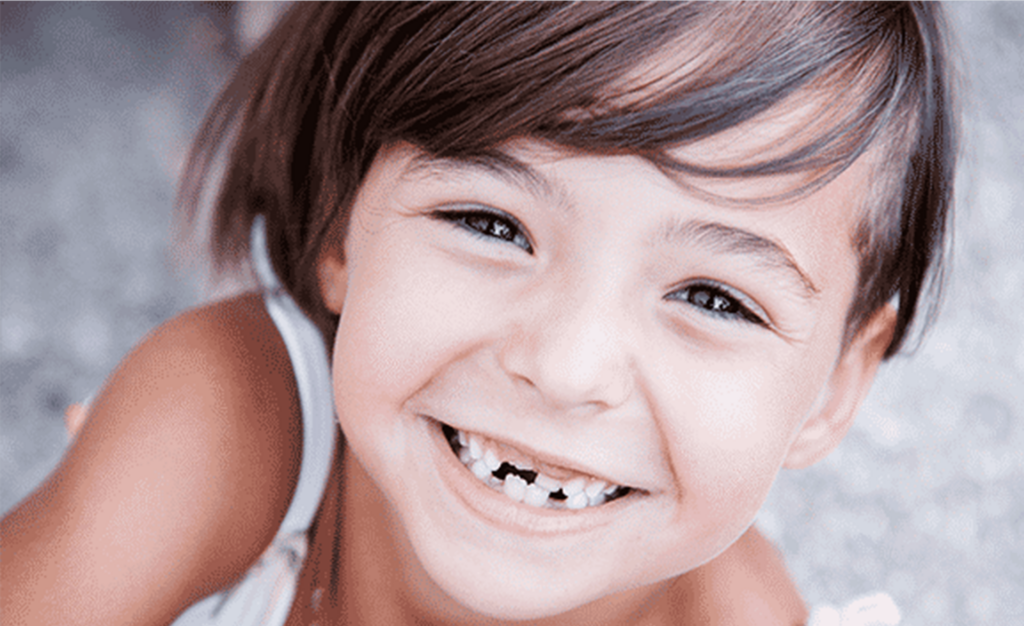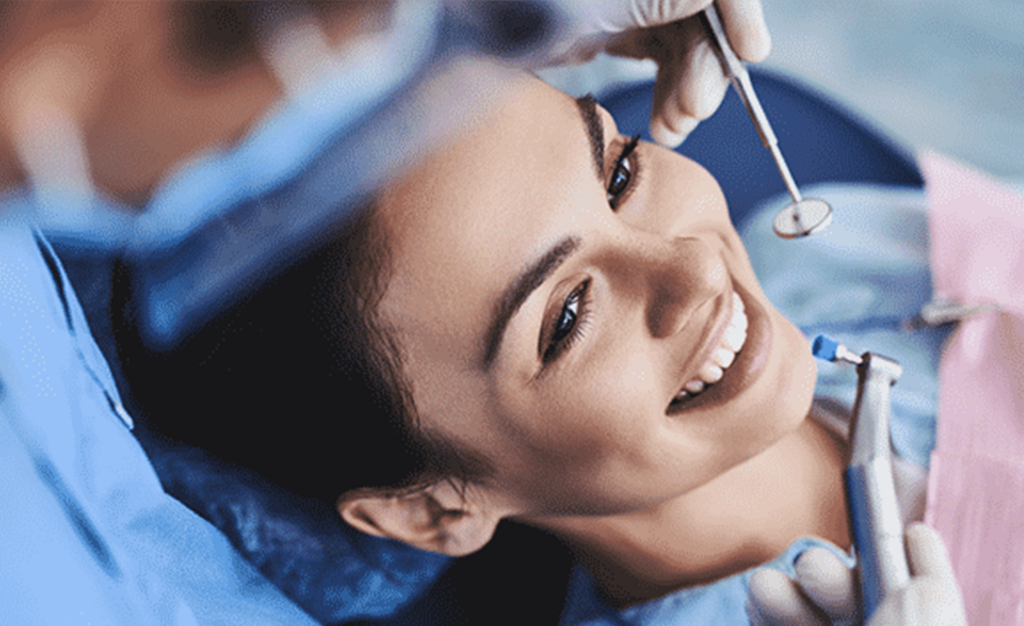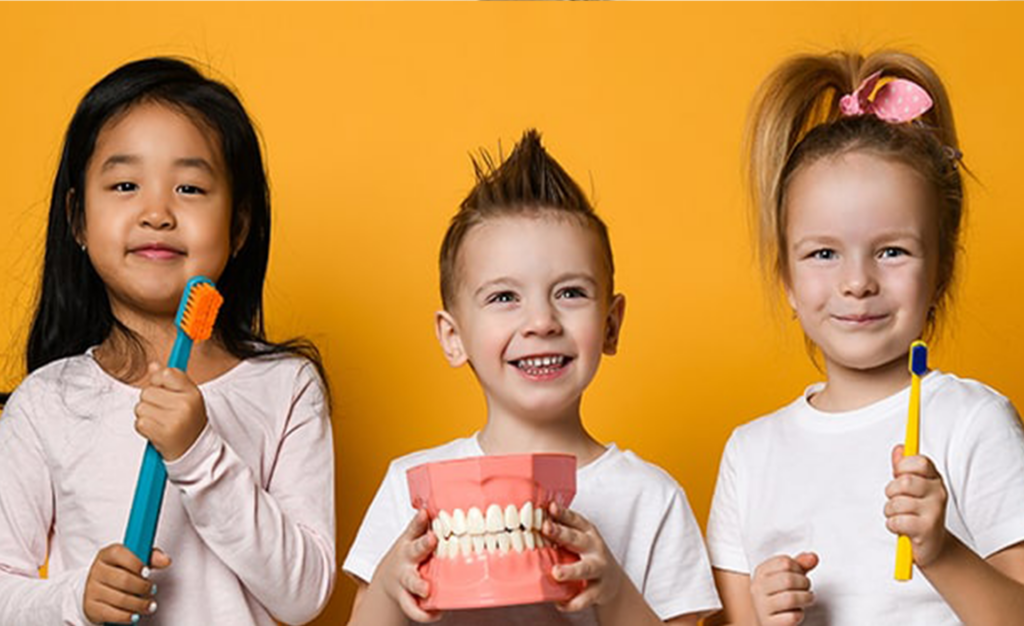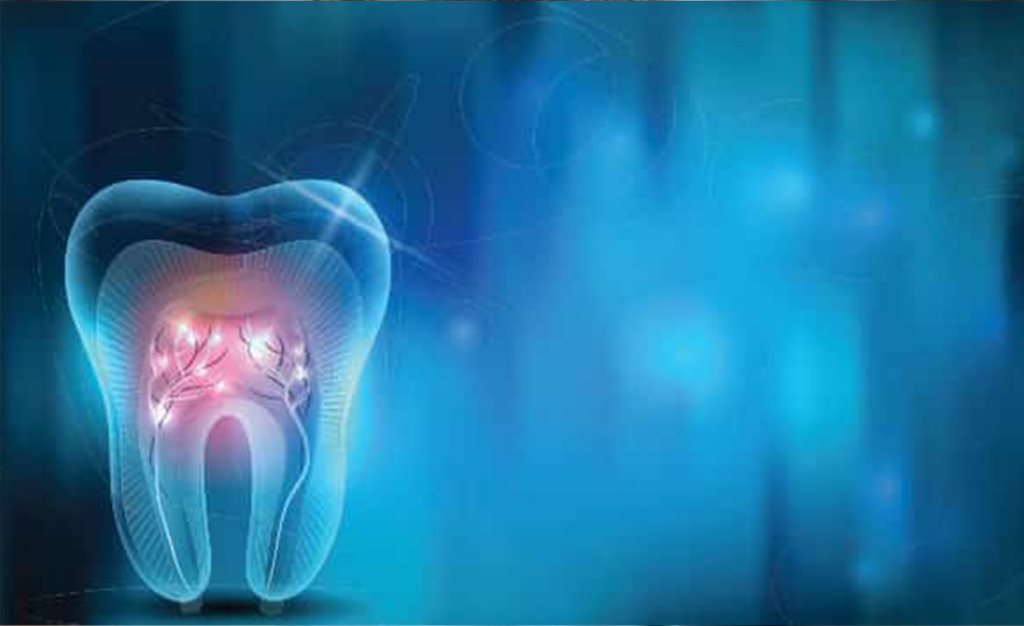
The back-to-school season is fraught with excitement and anxiety. Children and parents go through a flurry of emotions, and it is easy for them to lose sight of vital practices like booking a dental checkup.
We get it. So, let’s offer some advice on why and how you should go about preparing your kid for a back-to-school dental checkup in Palo Alto.
Why visiting a pediatric dentist before school begins is crucial.
Your kids may be ready for the looming school year in terms of clothes, school supplies, and sports equipment; however, do they have a healthy mouth or things needed to maintain it?
Scheduling a back-to-school dental checkup and cleaning in Palo Alto is vital for the following reasons:
- Dental problems are one of the biggest reasons kids miss school, eventually leading to decreased academic performance. Therefore, scheduling a back-to-school checkup is essential in fighting cavities (the most common chronic disease found in school-going kids) and preventing school absences.
- The best pediatric dentists in Palo Alto are able to detect problems early. Early detection helps avert pain and gum infections. It also means less costly treatments.
- It can prevent tooth damage, loss, and other dental emergencies. Usually, dental injures are one of the major causes of tooth loss and damage. Your Palo Alto dentist can provide a personalized sports mouthguard that will offer greater protection for your kid’s pearly whites.
- Poor dental health can affect your kid’s overall health. There is always a direct correlation between oral infection, obesity, and asthma. Thus, booking a back-to-school dental checkup is important for your little one’s well-being.
- Some schools require a pediatric dentist’s signature verifying your kid has a clean bill of oral health.
Back-to-school dental checkup tips you should follow.
As mentioned above, early detection and prevention have always been the secret to avoiding dental problems. Therefore, as a parent, you have to strive for a great back-to-school dental checkup for your kid. Here are tips to achieve that:
Plan for dental checkups early enough
To have a seamless back-to-school dental checkup and cleaning in Palo Alto, ensure you plan early enough. Well, there is so much that goes on during the summer – camping, vacations, visiting friends and family, to name a few. But, always plan dental appointments in advance to avoid the last-minute rush.
Unfortunately, many parents visit dental offices a week before school opening. As a result, kids end up frustrated by the long queues and endless commotion. Some even miss the chance of seeing the dentist as this is usually one of the busiest seasons for the dental industry. You wouldn’t want that to happen to your kid, would you?
Teach your children to observe good dental habits
Whenever a pediatric dentist declares your kids free from dental issues, encourage them to do better. Remind them to brush and floss at least twice a day.
You can set a timer or download phone applications that encourage your kids to take oral health seriously. Some apps come with motivational tips and music that really help kids get into a great habit. For instance, Brush DJ is one such app and is freely available on iTunes.
Book your kid’s dental appointment at the right time of the day.
Pick a day where your kid is fully rested. You can choose morning appointments because this is the time your kid is most active. That said, try as much as possible not to disrupt your kid’s daily schedule.
For instance, do not book a dental consultation during their sleeping hours. Also, don’t book an appointment when they had a long, tedious day. Scheduling an appointment at the wrong time can make your kid grumpy.
Even important, ensure your kid is well fed on the appointment day. A hungry kid can be moody throughout the appointment. Thus, grab your child a snack at least an hour before the meeting. But avoid sugary snacks and remember to have them brush before seeing the dentist.
Keep calm and cheer your child on
Encourage your kid throughout the appointment so that they don’t become panicky. Don’t be nervous as your kid might notice and follow suit. Also, let your child ask the dentist any question they have concerning the appointment. Dentists know how to handle tense situations whenever they sense the kid is nervous.
Ask about sealants
While sealants are not a substitute for teeth brushing and flossing, they can be an ideal way to keep your kid from getting cavities. Administering sealants only take a few minutes and is totally a painless procedure. Besides, most insurance plans cover sealants at 100%!
In summary, there are various ways to ensure a successful back-to-school dental checkup and cleaning in Palo Alto. Taking specific measures in advance goes a long way in improving your kid’s dental health. Some of them, as you might have realized, include observing healthy oral practices. It is also advisable to take the contact details of your pediatric dentist. In the event of specific emergencies, the sports coaches and teachers will know who to call.
Article resources:
Information in this article has been gathered from multiple public health sources, including:
https://www.health.ny.gov/
https://www.cdc.gov/
https://www.ada.org/
https://www.ncbi.nlm.nih.gov/










